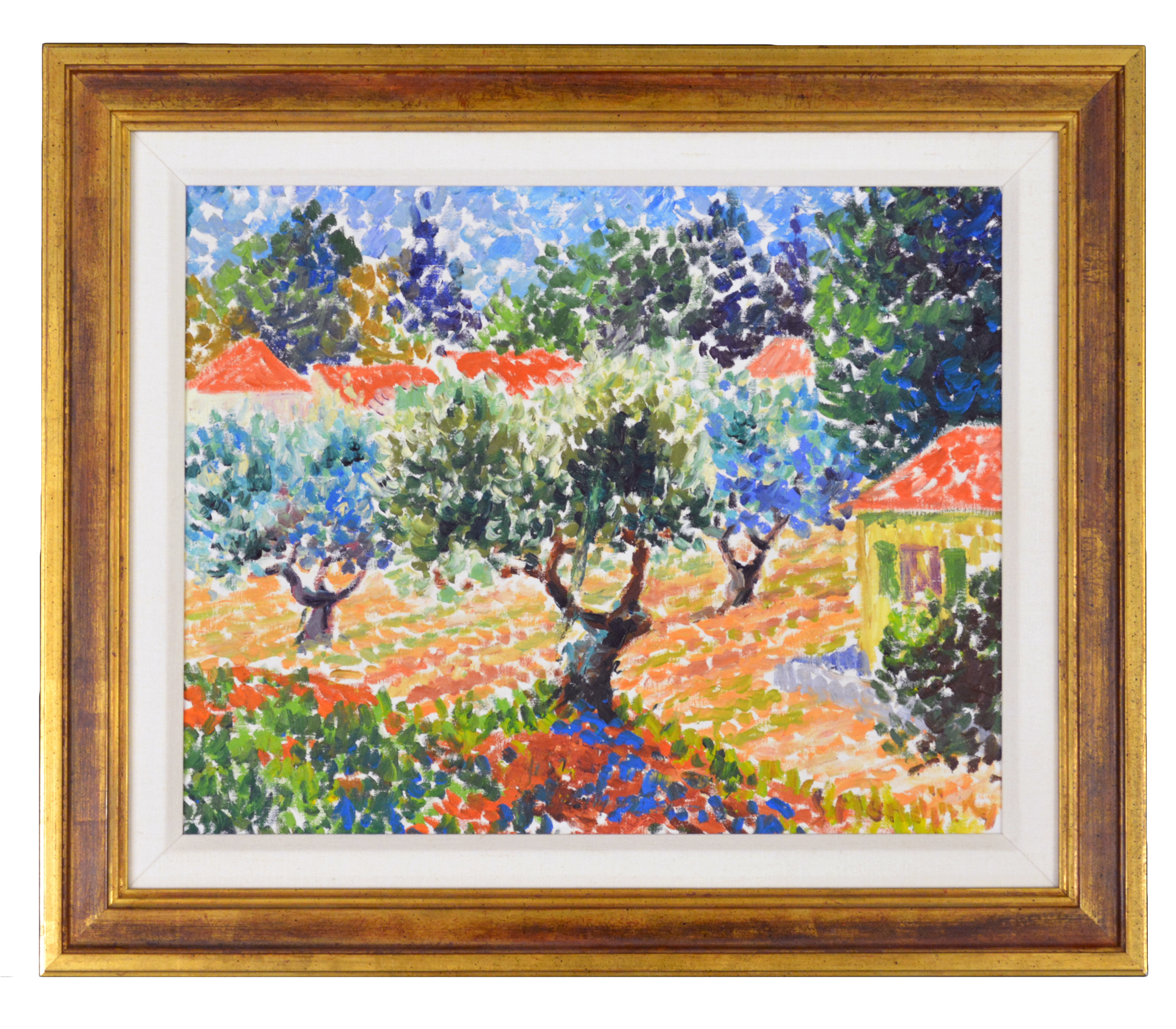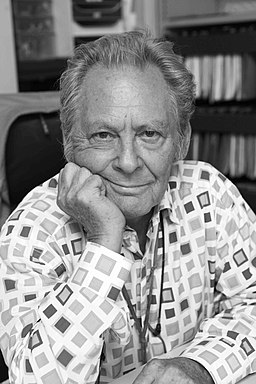September 7th, 2017–
It is a common misconception that Jews and citizens of German-occupied territories did not resist or fight back against Nazi forces. Resistance, in fact, was widespread and implemented by both Jews and non-Jews. Further, resistance took on many forms, ranging from upholding Jewish traditions to taking up arms against Nazi powers. This latter example is a form of active resistance known as armed resistance.
Active and armed resistance occurred throughout occupied-Europe in ghettos, concentration camps, and surrounding areas. Organized groups, most notably partisans, guerilla fighters who fought against Nazi troops and hindered their operations, often carried out armed resistance.
All forms of resistance came with great risk, and difficulty. Armed resistances required organization, coordination, resources, and weapons—all things that were difficult to achieve or obtain under Nazi rule. Further, those fighting had to be strong enough to do so, making uprisings and resistances in ghettos and concentration camps even more difficult as prisoners were weak and often sick from poor living conditions.

Untitled, Serge Mendjisky
This painting came to the museum in 2015. It was purchased by Holocaust survivor Gabriel Gilead. Artist Serge Mendjisky, a French painter who was also a French resistance fighter during World War II, created the painting. Mendjisky was born in Paris on May 24, 1929, to Maurice, also an artist, and Rose Mendjisky. He was just a teenager when he and his family joined the French resistance.

Serge Mendjisky, WikiCommons
The French Resistance began after Germany invaded France in 1940. The country was divided between areas annexed by Germany; areas occupied by Germany; and areas under Vichy control—a French government working in collaboration with Germany. Even with this separation, anti-Jewish legislation was established and deportations began throughout the nation, leading those in France to organize and fight back.
Resistance groups emerged throughout the country, and they worked in a number of ways to resist Nazi rule. These groups assisted in created false documents for Jews, helped prisoners escape camps and detention centers, sabotaged government operations, and fought German forces. Near the end of the war, the French resistance assisted Allied forces during the invasion of Europe, helping to liberate France.
The Mendjisky family paid a price for their participation in the resistance. Serge’s mother Rose was captured and imprisoned for printing resistance leaflets in 1941. Serge’s father, Maurice, and brother, Claude, joined the Maquis resistance fighters after Rose was arrested. At the age of 13, Serge was taken in by the French Resistance and assisted with their operations. After escaping capture by the Gestapo, Serge participated in the Liberation of Paris in 1944 and was consequently wounded. It was in a military hospital where Serge learned about the whereabouts of his parents and that his brother Claude was captured killed by German soldiers in July 1944. After the war, the remaining members of the family stayed in France, studying and creating art.
